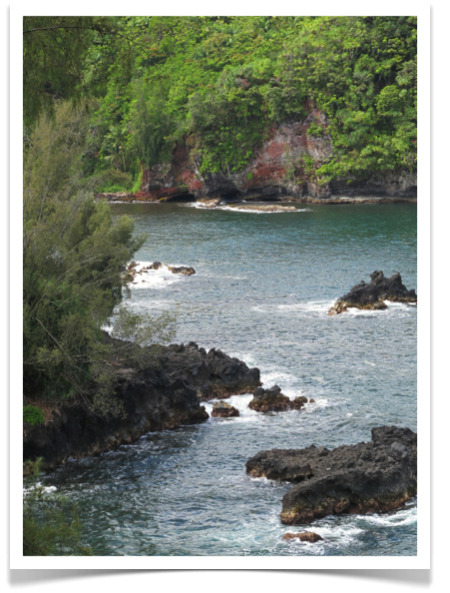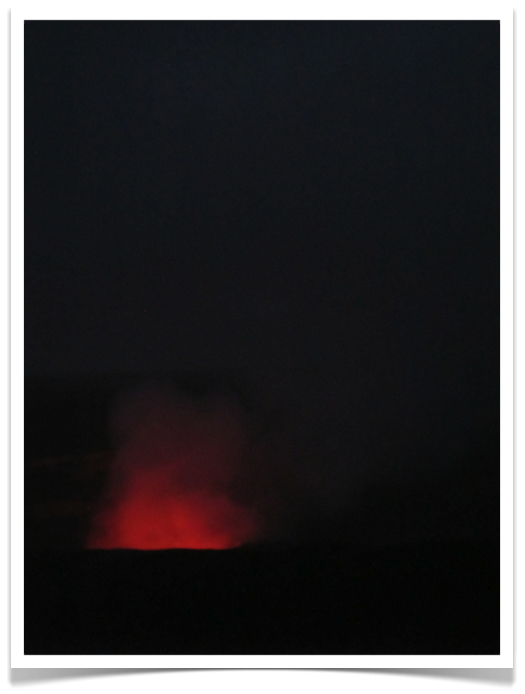Scenes and Signs
 Tuesday, September 11, 2012 at 10:13AM
Tuesday, September 11, 2012 at 10:13AM 
This roadside scene on the Hilo side of the big island in Hawai'i was certainly inviting. The signs (below) blocking the trail down to the water, however, took away any enthusiam I might have had about taking a dip here. Which is exactly what they were supposed to do, I imagine. [NOTE: A second row of signs (not shown) was very emphatic about the risk of theft and the importance of not leaving anything in your car if you park here].







